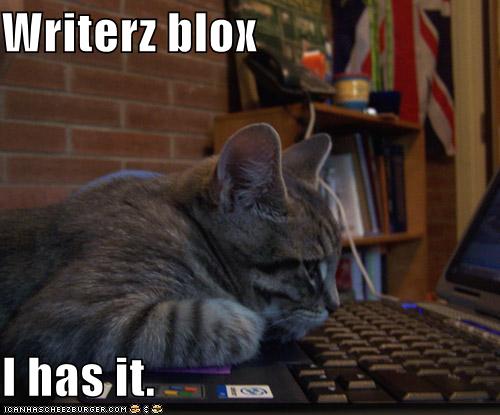I took a quick spin through my stories and discovered, as I suspected I would, that very few of them have a traditional villain. Catsignal appears in black on white, but the stories are in varying shades of gray.
Suzannah Freeman reminds us why villains are villains and what villains do in a story. David B. Coe writes about how the traditional villain has given way to a more nuanced character as well as the greater use in fiction of the anti-hero. He tells us about some of the villains in his stories and how he made them believable.
Melissa Donovan sees villains everywhere she looks, which is an approach I appreciate and have used. Similarly, Marie Brennan suggests that rather than out-and-out villains, we can set up antagonists for our protagonists. Her line of thinking seems to be along the same lines as what Brannon Braga has said: “The key to writing villains is to make them feel that they are the heroes of the piece.” Before that, Robert A. Heinlein’s Lazarus Long said, in part, “Your enemy is never a villain in his own eyes.” That’s also useful for writers to remember.
